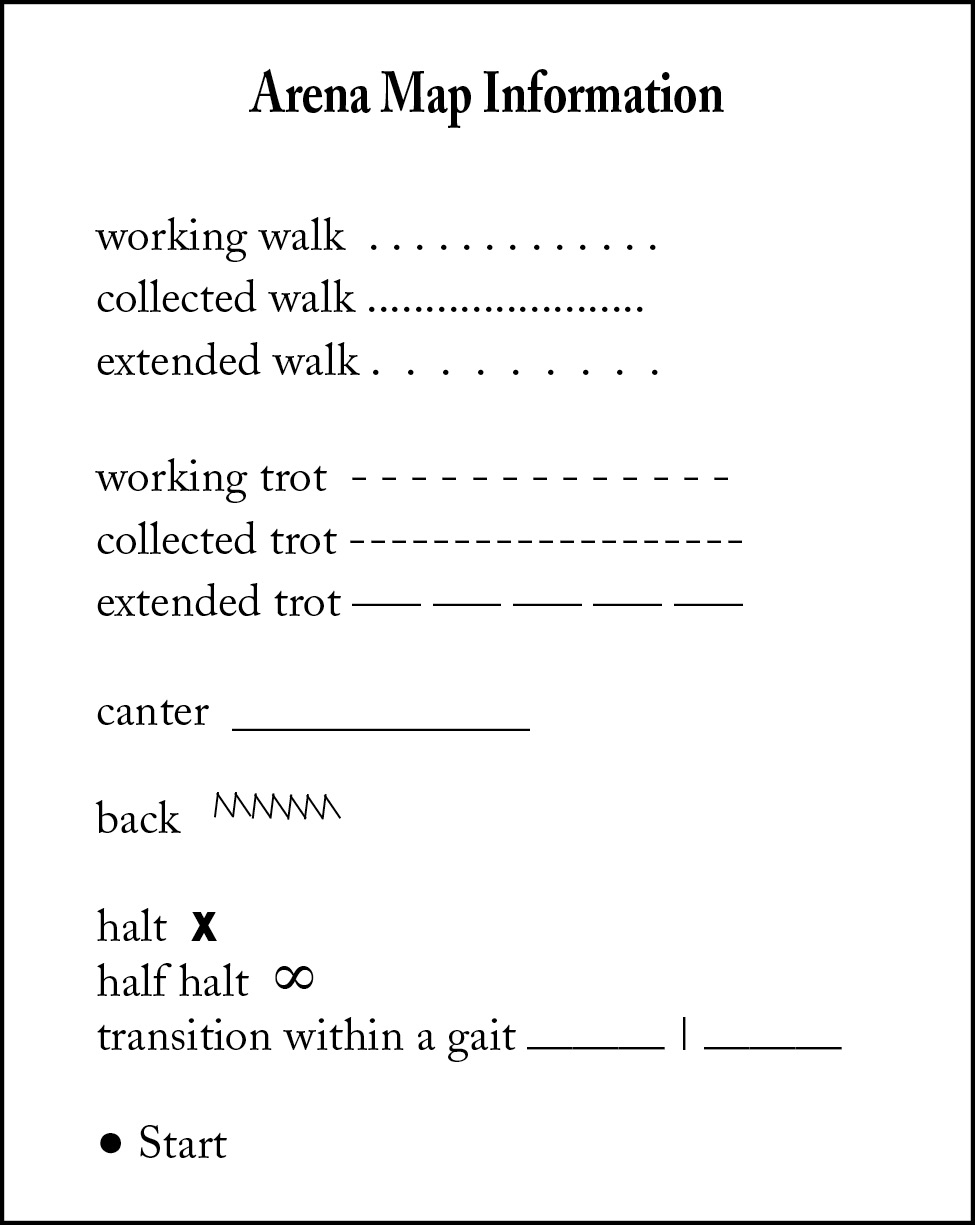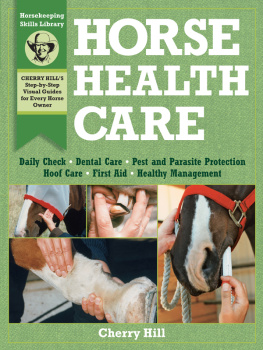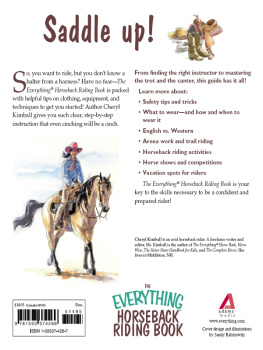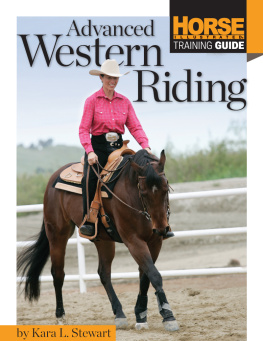
 The mission of Storey Publishing is to serve our customers by publishing practical information that encourages personal independence in harmony with the environment. Edited by Deborah Burns and Aimee Poirier Cover design by Eugenie Delaney Cover photographs by Richard Klimesh Text design by Cindy McFarland Production assistance by Susan Bernier and Jen Jepson Line drawings designed by Cherry Hill and drawn by Peggy Judy 1998 by Cherry Hill Ebook version 1.0 September 17, 2013 All rights reserved. No part of this book may be reproduced without written permission from the publisher, except by a reviewer who may quote brief passages or reproduce illustrations in a review with appropriate credits; nor may any part of this book be reproduced, stored in a retrieval system, or transmitted in any form or by any means electronic, mechanical, photocopying, recording, or other without written permission from the publisher.
The mission of Storey Publishing is to serve our customers by publishing practical information that encourages personal independence in harmony with the environment. Edited by Deborah Burns and Aimee Poirier Cover design by Eugenie Delaney Cover photographs by Richard Klimesh Text design by Cindy McFarland Production assistance by Susan Bernier and Jen Jepson Line drawings designed by Cherry Hill and drawn by Peggy Judy 1998 by Cherry Hill Ebook version 1.0 September 17, 2013 All rights reserved. No part of this book may be reproduced without written permission from the publisher, except by a reviewer who may quote brief passages or reproduce illustrations in a review with appropriate credits; nor may any part of this book be reproduced, stored in a retrieval system, or transmitted in any form or by any means electronic, mechanical, photocopying, recording, or other without written permission from the publisher.
The information in this book is true and complete to the best of our knowledge. All recommendations are made without guarantee on the part of the author or Storey Publishing. The author and publisher disclaim any liability in connection with the use of this information. For additional information please contact Storey Publishing, 210 MASS MoCA Way, North Adams, MA 01247. Storey books are available for special premium and promotional uses and for customized editions.
For further information, please call 1-800-793-9396. Storey Publishing 210 MASS MoCA Way North Adams, MA 01247 www.storey.com Contents Intermediate Western Exercises Arena exercises are a cross between gymnastics, meditation, and geometry. They are essential keys for discovering many important principles about training and riding.  Goals Hone balance and precise use of aids Improve bending Half turns Serpentines Tighten transitions Lope to walk, walk to lope Simple lead changes Develop lateral work Turn on the forehand Western two-step Hindquarter pivot Begin collection The back The check Remember as you practice that it is the QUALITY of the work that is most important. It is a much greater accomplishment to do simple things well than it is to stumble through advanced maneuvers in poor form and with erratic rhythm. Keep your mind in the middle and a leg on each side.How Can You Tell If the Work Is Correct? Work regularly with a qualified instructor.
Goals Hone balance and precise use of aids Improve bending Half turns Serpentines Tighten transitions Lope to walk, walk to lope Simple lead changes Develop lateral work Turn on the forehand Western two-step Hindquarter pivot Begin collection The back The check Remember as you practice that it is the QUALITY of the work that is most important. It is a much greater accomplishment to do simple things well than it is to stumble through advanced maneuvers in poor form and with erratic rhythm. Keep your mind in the middle and a leg on each side.How Can You Tell If the Work Is Correct? Work regularly with a qualified instructor.
Ask a qualified person to stand on the ground, observe your exercises, and report to you what he or she sees. Have someone record your exercises on videotape. Then watch the tape carefully using slow motion and freeze frame. As you ride, watch yourself and your horse in large mirrors on the wall. Without moving your head, glance down at your horses shoulders, neck, poll, and eye during different maneuvers to determine if he is correct up front. Ultimately, the key is to develop a feel for when things are going right and when they are going wrong by utilizing all of the above feedback techniques.
Answer the following by feeling, not looking: * Is there appropriate left to right balance on my seat bones? Can I feel them both? * Can I feel even contact on both reins? * Is the front to rear balance acceptable or is the horse heavy on the forehand, croup up, back hollow? * Is the rhythm regular or does the horse speed up, slow down, or break gait? * Is my horse relaxed or is his back tense? * Is he on the bit or above or behind it? * Is my horse loping on the correct lead? * Can I tell when his inside hind leg is about to land? What Do You Do When Things Go Wrong? Review each component of an exercise. You may need to return to some very basic exercises to establish forward movement, acceptance of contact, or response to sideways driving aids. Returning to simple circle work will often improve straightness and subsequently improve lateral work and collection. Ride an exercise that the horse does very well, such as the walk-jog-walk transition. Work on purity and form. Perform a simpler version of the exercise.
If it is a lope exercise, try it at a walk or jog first. Perform the exercise in the opposite direction. Sometimes, because of an inherent stiffness or crookedness in a horse, you will have difficulty with an exercise to the left but no problems to the right! Capitalize on this by refining your skills and the application of your aids in the good direction and then return to the hard direction with a renewed sense of what needs to be done. I often find that doing work to the right improves work to the left.  EXERCISE 1 Back Always start on a straight line from a square halt. Keep even weight on both seat bones, but dont sit real deep.
EXERCISE 1 Back Always start on a straight line from a square halt. Keep even weight on both seat bones, but dont sit real deep.
Bear some weight on your thighs without leaning forward. Flex your gluteal muscles and abdominals to tilt your pelvis and bring your seat bones forward. Straighten your lower back to help your seat bones come forward. Apply equal pressure with both legs at the cinch. As the horse arrives at the bit, maintain non-allowing equal direct rein pressure to encourage him to let his impulsion out backwards. Once the horse has yielded at jaw, poll, and loin, and has begun moving backward, lighten rein aids but maintain contact and continue seat and leg aids.
To discontinue backing, release rein aids but continue seat and leg aids momentarily to drive the horse up to a halt or a forward gait. The back is a man-made diagonal, two-beat gait in reverse. In nature, horses rarely back up for more than a step or two. When backing promptly, the left hind and right front are lifted distinctly, moved backward, and placed down together. They alternate with the right hind and left front in a precise synchronization.  The back is best ridden when thought of as a forward gait because the horse must first be ridden up into contact as if he were going to walk. * Riding the back is valuable for suppleness, obedience, and developing strength of back and hindquarters of any horse. * If your horse gets stuck or freezes, use squeeze and release, vibrations, or light alternating reins to untrack him. * If your horse gets stuck or freezes, use squeeze and release, vibrations, or light alternating reins to untrack him.
The back is best ridden when thought of as a forward gait because the horse must first be ridden up into contact as if he were going to walk. * Riding the back is valuable for suppleness, obedience, and developing strength of back and hindquarters of any horse. * If your horse gets stuck or freezes, use squeeze and release, vibrations, or light alternating reins to untrack him. * If your horse gets stuck or freezes, use squeeze and release, vibrations, or light alternating reins to untrack him.
Never try to pull a horse backward. * If a horse backs too slowly or unwillingly, the back becomes a labored, four-beat gait, and often the horse will drag his feet backward rather than lift his legs. * If a horse backs crookedly, apply the leg on the side to which he is angling his hindquarters. If he is swinging his hindquarters to the right, first be sure you are not causing it with your left leg or left rein. If they are OK, apply your right leg behind the cinch to straighten him. * Backing can be overdone and cause anticipation, a dangerous rapid rushing backward, or can cause the horse to use backing as an avoidance behavior. * A horse needs to become gradually accustomed to the concept of backing, and he must be allowed to build up his coordination and strength before he is asked to back for long distances. * A horse needs to become gradually accustomed to the concept of backing, and he must be allowed to build up his coordination and strength before he is asked to back for long distances.
Next page









 The mission of Storey Publishing is to serve our customers by publishing practical information that encourages personal independence in harmony with the environment. Edited by Deborah Burns and Aimee Poirier Cover design by Eugenie Delaney Cover photographs by Richard Klimesh Text design by Cindy McFarland Production assistance by Susan Bernier and Jen Jepson Line drawings designed by Cherry Hill and drawn by Peggy Judy 1998 by Cherry Hill Ebook version 1.0 September 17, 2013 All rights reserved. No part of this book may be reproduced without written permission from the publisher, except by a reviewer who may quote brief passages or reproduce illustrations in a review with appropriate credits; nor may any part of this book be reproduced, stored in a retrieval system, or transmitted in any form or by any means electronic, mechanical, photocopying, recording, or other without written permission from the publisher.
The mission of Storey Publishing is to serve our customers by publishing practical information that encourages personal independence in harmony with the environment. Edited by Deborah Burns and Aimee Poirier Cover design by Eugenie Delaney Cover photographs by Richard Klimesh Text design by Cindy McFarland Production assistance by Susan Bernier and Jen Jepson Line drawings designed by Cherry Hill and drawn by Peggy Judy 1998 by Cherry Hill Ebook version 1.0 September 17, 2013 All rights reserved. No part of this book may be reproduced without written permission from the publisher, except by a reviewer who may quote brief passages or reproduce illustrations in a review with appropriate credits; nor may any part of this book be reproduced, stored in a retrieval system, or transmitted in any form or by any means electronic, mechanical, photocopying, recording, or other without written permission from the publisher. Goals Hone balance and precise use of aids Improve bending Half turns Serpentines Tighten transitions Lope to walk, walk to lope Simple lead changes Develop lateral work Turn on the forehand Western two-step Hindquarter pivot Begin collection The back The check Remember as you practice that it is the QUALITY of the work that is most important. It is a much greater accomplishment to do simple things well than it is to stumble through advanced maneuvers in poor form and with erratic rhythm. Keep your mind in the middle and a leg on each side.How Can You Tell If the Work Is Correct? Work regularly with a qualified instructor.
Goals Hone balance and precise use of aids Improve bending Half turns Serpentines Tighten transitions Lope to walk, walk to lope Simple lead changes Develop lateral work Turn on the forehand Western two-step Hindquarter pivot Begin collection The back The check Remember as you practice that it is the QUALITY of the work that is most important. It is a much greater accomplishment to do simple things well than it is to stumble through advanced maneuvers in poor form and with erratic rhythm. Keep your mind in the middle and a leg on each side.How Can You Tell If the Work Is Correct? Work regularly with a qualified instructor. EXERCISE 1 Back Always start on a straight line from a square halt. Keep even weight on both seat bones, but dont sit real deep.
EXERCISE 1 Back Always start on a straight line from a square halt. Keep even weight on both seat bones, but dont sit real deep. The back is best ridden when thought of as a forward gait because the horse must first be ridden up into contact as if he were going to walk. * Riding the back is valuable for suppleness, obedience, and developing strength of back and hindquarters of any horse. * If your horse gets stuck or freezes, use squeeze and release, vibrations, or light alternating reins to untrack him. * If your horse gets stuck or freezes, use squeeze and release, vibrations, or light alternating reins to untrack him.
The back is best ridden when thought of as a forward gait because the horse must first be ridden up into contact as if he were going to walk. * Riding the back is valuable for suppleness, obedience, and developing strength of back and hindquarters of any horse. * If your horse gets stuck or freezes, use squeeze and release, vibrations, or light alternating reins to untrack him. * If your horse gets stuck or freezes, use squeeze and release, vibrations, or light alternating reins to untrack him.